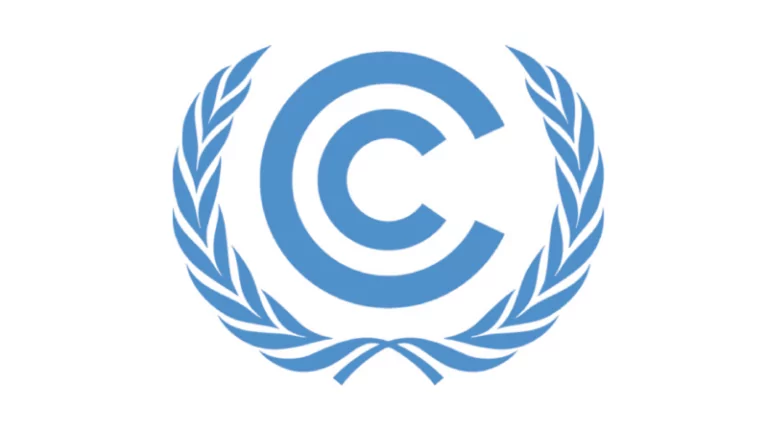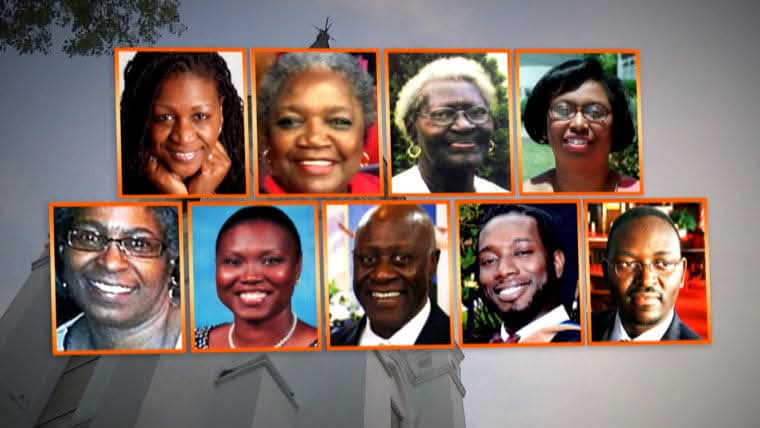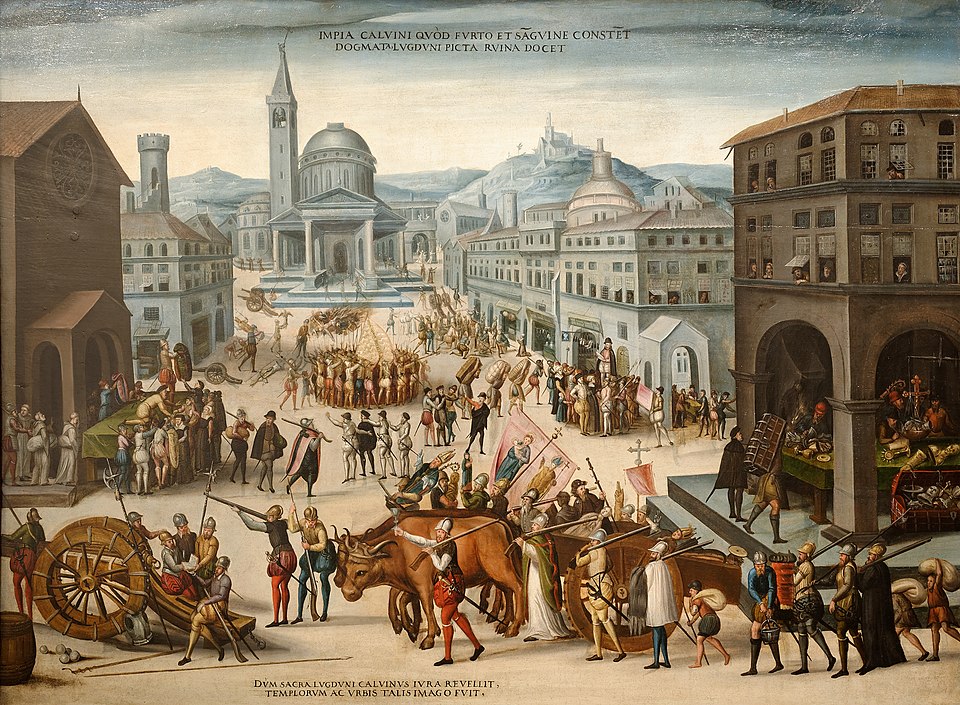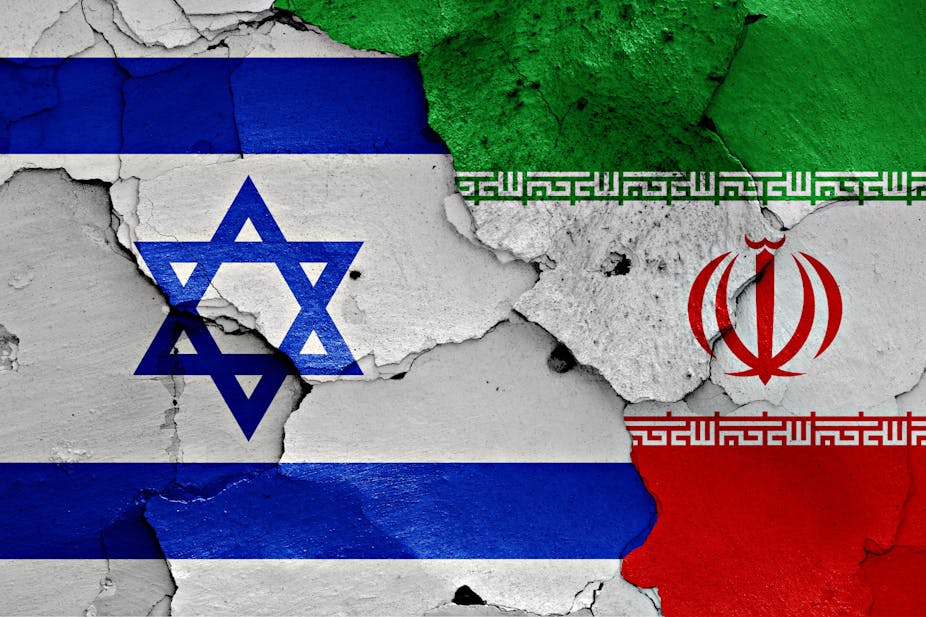COP: All You Need to Know About the Conference of the Parties

Did you know that the first United Nations Framework Convention on Climate Change (UNFCCC) Conference of the Parties (COP) took place from 28 March to 7 April 1995 in Berlin, Germany?
The Conference of the Parties (COP) is a United Nations (UN) annual climate change conference, which brings together world leaders, ministers and negotiators to agree on how to address climate change. The negotiating parties include governments that have signed the UN Framework Convention on Climate Change (UNFCCC), the Kyoto Protocol and/or the Paris Agreement.
Every year since 1995 (except 2020 due to the coronavirus pandemic), leaders from all over the world have come together to discuss and agree international climate policy. Many of the most significant international climate commitments, agreements and laws have emerged from these summits over the years, including the Kyoto Protocol and the Paris Agreement. Many representatives from civil society, business, academia, and media also attend COP every year to observe and participate in proceedings and host ‘side events’ to engage policymakers.
In 1992, countries joined an international treaty, the UNFCCC, as a framework for international cooperation to combat climate change by limiting average global temperature increases and the resulting climate change, and coping with impacts that were, by then, inevitable.
The scope of the COP is to review the "implementation of the Convention and any other legal instruments that the COP adopts and take decisions necessary to promote the effective implementation of the Convention".
By 1995, countries launched negotiations to strengthen the global response to climate change, and, two years later, adopted the Kyoto Protocol. The Kyoto Protocol legally binds developed country Parties to emission reduction targets. The Protocol’s first commitment period started in 2008 and ended in 2012. The second commitment period began on 1 January 2013 and will end in 2020. There are now 197 Parties to the Convention and 192 Parties to the Kyoto Protocol.
Since COP21 in 2015, the COPs have revolved around how to implement the 1992 Paris Agreement, which has three main goals: keep global average temperature rise to ‘well below’ 2°C and pursue efforts to limit the rise to 1.5°C above pre-industrial levels; adapt to climate change and build resilience; and align finance flows with ‘a pathway towards low greenhouse gas emissions and climate-resilient development’.
The COP is hosted by a different country each year. COP decisions are usually taken by consensus. Coupled with the differing needs and interests of parties, this means reaching agreement can be a painstaking and highly charged process.
COP28 was the 28th annual UN climate meeting, where governments discuss how to limit and prepare for future climate change. The summit took place in Dubai, in the United Arab Emirates (UAE). It was scheduled to last from 30 November to 12 December 2023, but overran by a day.
While the UN COP is a key date in the political calendar, formal and informal discussions surrounding it are ongoing during the year. The formal negotiations that form the basis of the decisions at the conference normally take place months ahead of the annual meeting at a ‘Pre-COP’. Inter-sessional meetings take place too, where many of the technical decisions are negotiated and prepared for adoption. The two-week conference then provides the space to finalise and formalise the outcomes of these discussions.
Sources: Wikipedia l LSE | BBC
#penglobalhistory



